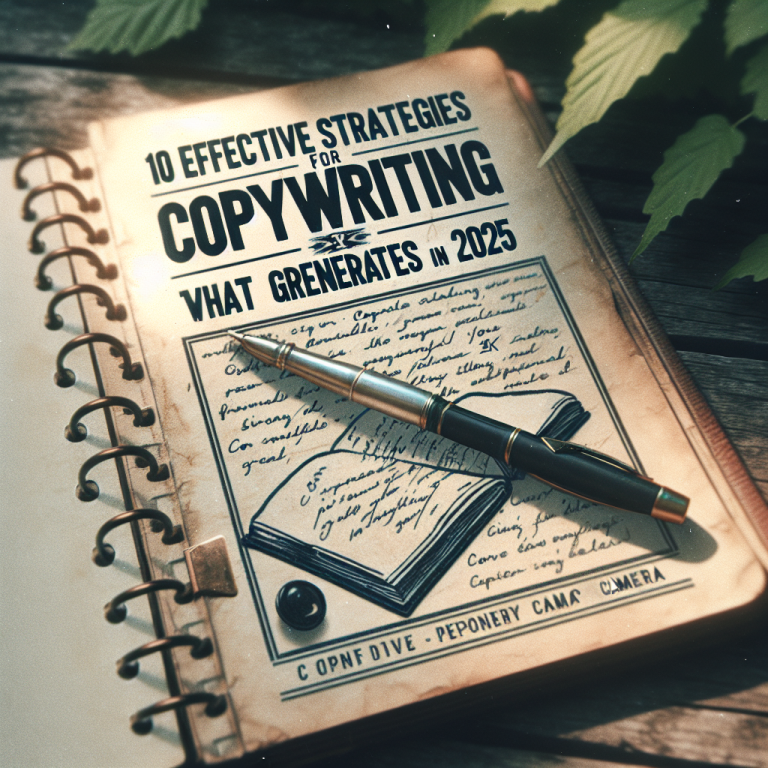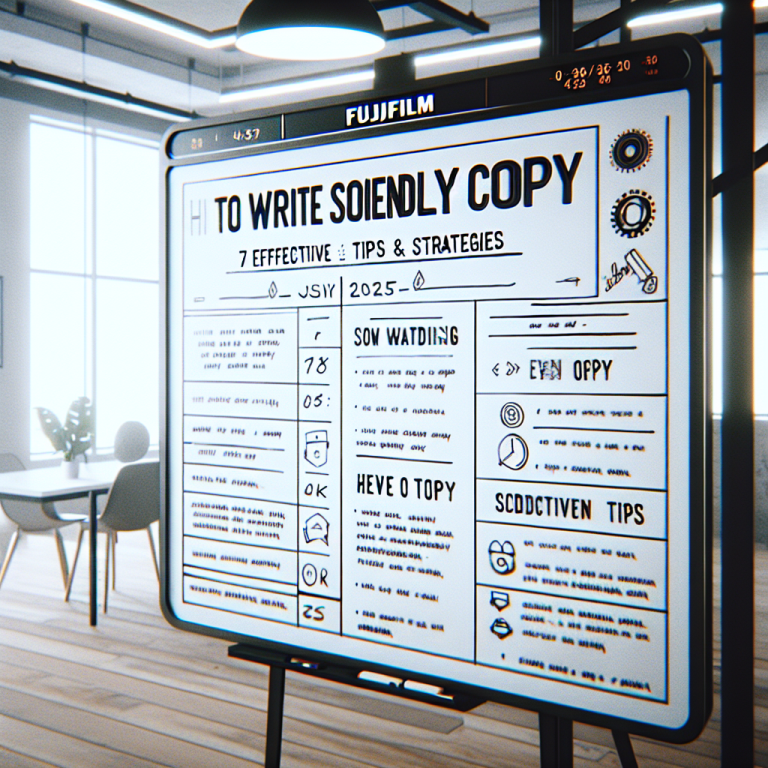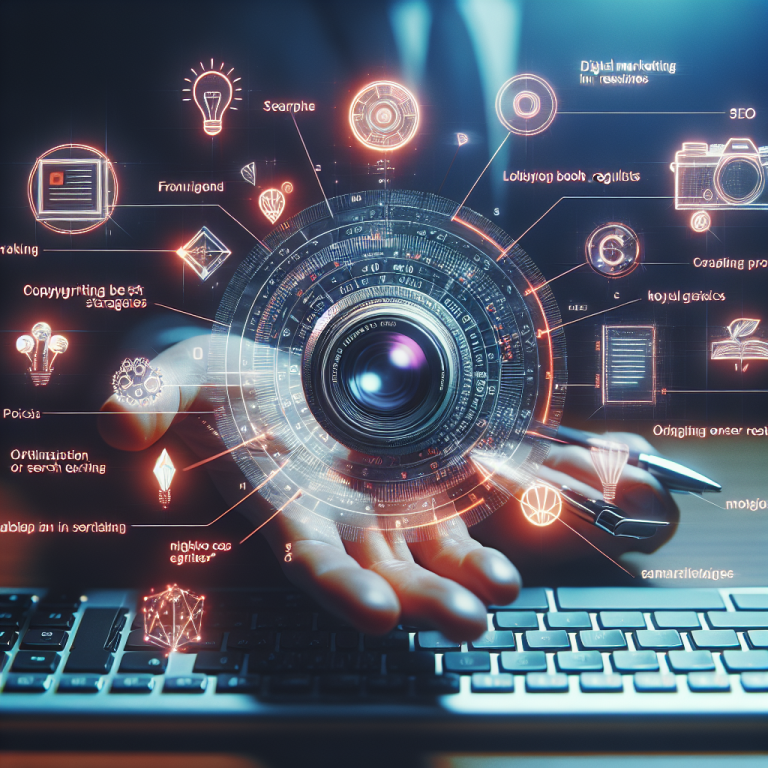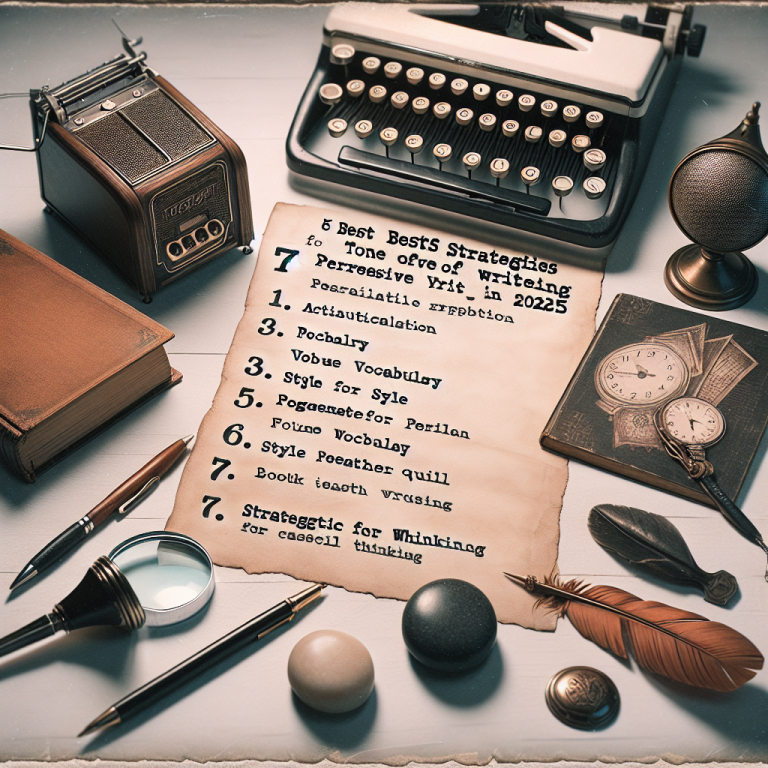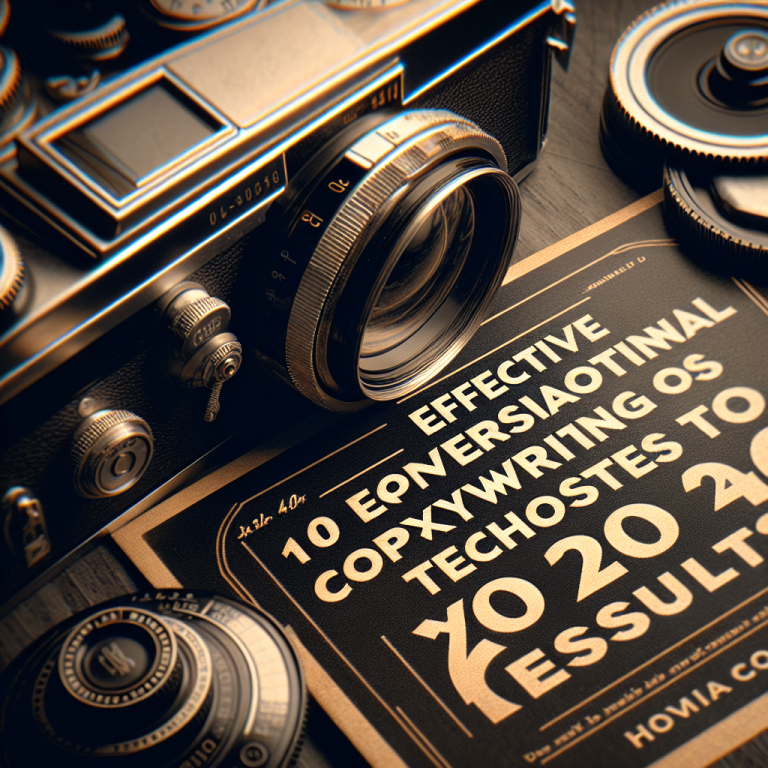The Ultimate Guide to AI-powered ad copy testing Strategies for 2025
Table of Contents
- Introduction to AI-powered ad copy testing
- Why AI-driven strategies will dominate marketing in 2025
- 1. Leveraging Machine Learning Algorithms
- 2. Utilizing Natural Language Processing (NLP) Techniques
- 3. Implementing Dynamic A/B Testing Frameworks
- 4. Using Predictive Analytics for Copy Optimization
- 5. Integrating Chatbots for Real-Time Feedback
- 6. Personalization at Scale with AI
- 7. Automating Creative Variations
- 8. Harnessing Data-Driven Insights for Better Copy
- 9. Testing Different Tone and Style with AI
- 10. Smart Audience Segmentation Strategies
- 11. Using AI for Call-to-Action Optimization
- 12. Incorporating Voice Search Optimization in Copy
- 13. Real-Time Performance Monitoring Tools
- 14. AI-based Visual and Text Synergy Testing
- 15. Multi-Channel Testing with Unified AI Platforms
- 16. Ethical AI Use and Data Privacy in Ad Testing
- 17. Evaluating AI Tools for Ad Copy Testing in 2025
- 18. Future Trends in AI-powered ad copy testing
- 19. Case Studies of Successful AI-powered Campaigns
- 20. Common Challenges and Troubleshooting AI Testing
- 21. Building a Data-Driven Culture for Ad Testing
- 22. Measuring ROI from AI-powered ad copy testing
- 23. Continuous Learning and Adaptation Strategies
- 24. Tips for Small Businesses to Implement AI Testing
- 25. Final Takeaway: Preparing for 2025 and Beyond
Introduction to AI-powered ad copy testing
In the fast-evolving world of digital marketing, staying ahead requires innovation and adaptability. One of the most transformative developments is AI-powered ad copy testing. This approach leverages artificial intelligence to analyze, optimize, and refine advertising copy with speed and accuracy impossible for traditional methods. As we approach 2025, mastering AI-powered ad copy testing will be essential for brands aiming to maximize ad effectiveness while reducing costs.
By integrating AI into ad testing processes, marketers can identify high-performing messaging, customize content for specific audiences, and adapt campaigns almost instantaneously. This guide will walk you through 25 actionable strategies designed to harness the full potential of AI-powered ad copy testing in 2025 and beyond.
Why AI-driven strategies will dominate marketing in 2025
The evolution of advertising technology
Advertising has shifted from manual A/B testing to sophisticated AI-driven platforms that analyze vast amounts of data. These tools can now predict which copy variations will perform best, reducing the guesswork and increasing ROI.
Evidence from recent studies shows that brands utilizing AI for ad testing saw a 30% increase in click-through rates and a 25% reduction in cost-per-acquisition in 2024. These numbers highlight the importance of adopting AI-centered strategies to stay competitive in 2025.
Benefits of adopting AI-powered ad copy testing
One major advantage is speed. AI systems can analyze thousands of variations quickly, giving marketers actionable insights often within hours. Additionally, AI improves personalization, allowing for targeted messaging that resonates deeply with different audience segments.
Cost-efficiency is another critical factor. By reducing the need for extensive manual testing, companies save resources while achieving better results. As AI technology evolves, its role in ad copy testing will only become more integral to strategic planning.
1. Leveraging Machine Learning Algorithms
Fundamentals of machine learning in ad testing
Machine learning (ML) algorithms are the backbone of AI-powered ad copy testing. They analyze historical data to identify patterns that predict future performance. For example, ML can evaluate thousands of headline variations based on past click data.
In 2025, mastering ML means understanding how to input diverse datasets, train models for specific goals, and interpret outputs effectively. The goal is to develop systems that continuously improve over time, offering smarter suggestions for ad copy.
Practical applications and tools
Tools like Google Ads’ AI features or third-party platforms such as Albert or Pattern89 utilize ML to optimize ad copy in real-time. These platforms can automatically generate variations and score their likelihood of success based on engaged user segments.
For instance, a retailer might use ML to craft product descriptions that are tailored to different demographics, increasing conversions by up to 15%. The key is to integrate these tools into your workflow and continuously refine your datasets for better results.
2. Utilizing Natural Language Processing (NLP) Techniques
Understanding NLP for ad copy analysis
NLP enables AI systems to interpret, generate, and analyze human language effectively. For ad copy testing, NLP can evaluate tone, sentiment, and clarity of various message variants to identify the most compelling options.
In 2025, NLP advances allow marketers to generate copy that aligns with audience preferences, emotional triggers, and cultural nuances. This leads to more authentic and engaging ads that convert better.
Sentiment analysis and message refinement
Sentiment analysis can determine whether your ad copy resonates positively or negatively with audiences. By analyzing engagement responses, NLP systems suggest adjustments to tone or messaging style for optimal impact.
For example, an AI tool might detect that words like “exclusive” or “limited” generate more interest among certain segments, prompting automated testing of variations incorporating these terms.
3. Implementing Dynamic A/B Testing Frameworks
Dynamic vs. traditional A/B testing
Traditional A/B testing compares two fixed versions of ad copy over a set period. Dynamic testing, powered by AI, constantly analyzes real-time performance data to adjust variations on the fly. In 2025, dynamic AI-driven frameworks will be standard for rapid optimization.
These systems allow for automatic adjustments based on user interactions, ensuring ad content remains relevant and engaging throughout campaigns.
Setting up adaptive testing systems
To implement AI-based dynamic A/B testing, start by integrating AI platforms that support continuous learning. Define clear goals, such as click-through rate or conversion, and let the AI handle variation adjustments based on incoming data.
Practically, a SaaS platform can do the heavy liftingâtesting different headlines, images, or CTAsâand pivot in real time to maximize results. This reduces manual oversight and accelerates optimization cycles.
4. Using Predictive Analytics for Copy Optimization
Forecasting ad performance
Predictive analytics leverages historical data to forecast future ad performance, allowing marketers to craft copy more likely to succeed.
5. Integrating Chatbots for Real-Time Feedback
Collecting instant audience reactions
Chatbots can gather immediate feedback on ad copy effectiveness, providing data to refine messages dynamically.
FAQ – Frequently Asked Questions
1. What is AI-powered ad copy testing?
AI-powered ad copy testing involves using artificial intelligence tools to analyze, optimize, and refine advertising messaging. It significantly enhances testing speed, personalization, and performance prediction.
2. How can AI improve my ad campaign results in 2025?
AI can rapidly identify high-performing copy variations, automate testing, and personalize content at scaleâleading to higher engagement and conversion rates while reducing costs.
3. What are the best tools for AI-powered ad copy testing in 2025?
Leading tools include Google Ads AI features, Albert, Pattern89, and custom NLP and ML platforms. Choose platforms that integrate seamlessly with your existing marketing stack.
4. How do I get started with AI-powered ad copy testing?
Begin by defining your campaign goals, selecting appropriate AI tools, and integrating them into your marketing workflow. Start small with pilot tests, analyze results, and iterate based on insights.
5. What ethical considerations are involved in AI-powered ad testing?
Ensure transparency and privacy protections when collecting audience data. Always comply with data privacy laws like GDPR and respect audience preferences to build trust.
Conclusion
As we look ahead to 2025, AI-powered ad copy testing remains a critical component for successful digital advertising. By leveraging advanced AI technologies, marketers can optimize campaigns more efficiently, personalize messaging at scale, and achieve superior results. Embracing these strategies today prepares you for the competitive landscape of tomorrow. Remember, integrating AI into your ad copy testing not only enhances performance but also keeps your brand ahead of the curve in a rapidly evolving market.


